All about echinocereus
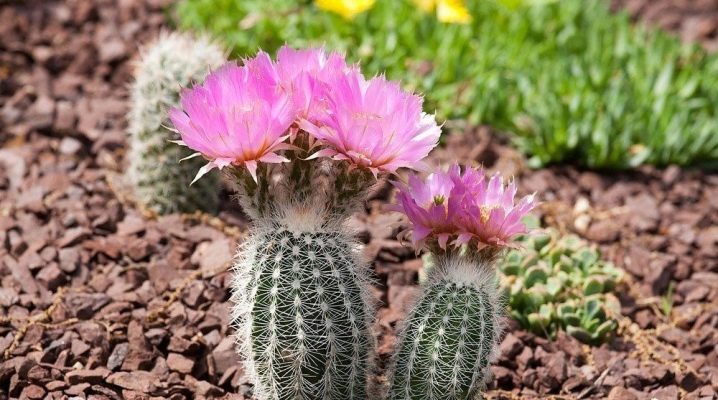
It will be impossible to know everything about Echinocereus without understanding the varieties "Knippel" and "Rigidissimus", "Fidget" and Sharlach, "Reichenbach", "Rubrispinus" and other varieties. We'll have to study growing from seeds and other planting features. You will also need to familiarize yourself with the specifics of watering, feeding and reproduction.
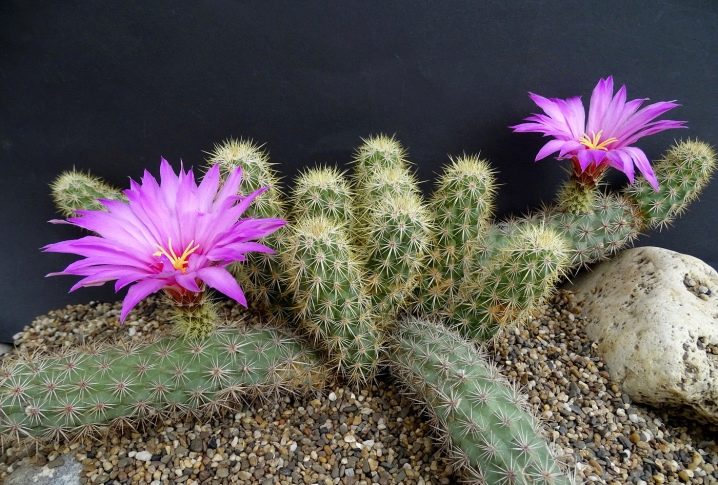
Description of the plant
A botanical description of the Echinocereus cactus was given in 1848. But if we talk not about the genus of plants, but about the individual species included in it, then they have been known before. True, then they were attributed to other genera, for example, pentalopus. Pretty soon it was discovered that echinocereus are extremely popular with cactus growers, and even a special German magazine appeared, dedicated directly to them. Clarification of the place of Echinocereus in botanical taxonomy continued until recently.
There are many varieties of this genus, including the night flowering cactus. The main representatives are round or low-column-forming plants.
For them, the formation of a large number of shoots is typical. The stems are close to a cylinder in shape and are soft. Often these stems lodge, usually they reach 15-60 cm in length and have a thin epidermis.
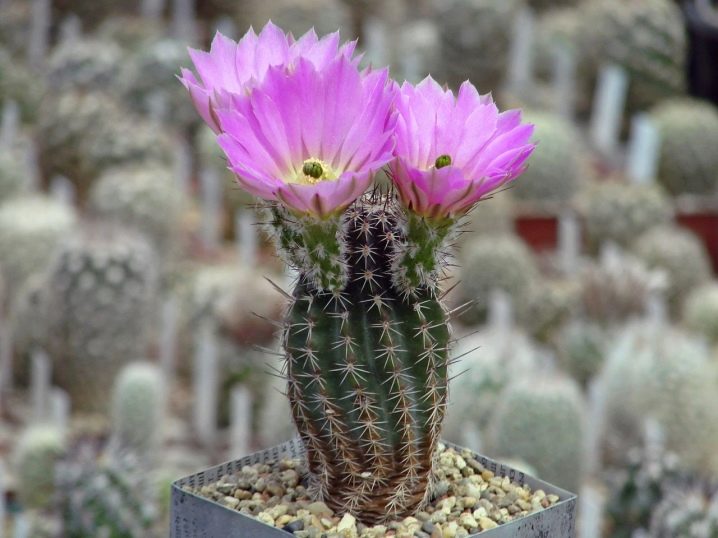
Adult cacti of this genus tend to bush or branch; clusters of up to 100 shoots are described. There may be no less than 5 and no more than 21 ribs. Areolae are rarely located. Large, funnel-like flowers can have:
-
yellow;
-
greenish;
-
lilac;
-
pink color.
The flower length varies from 20 to 60 mm. Their cross section ranges from 40 to 90 mm. Sometimes individual echinocereus give small greenish flowers, discreet in tonality. The fruit can also vary in color and has a cross section of 10 to 35 mm. Echinocereus produces edible fruits that are the most delicious of all cacti in general.

It has been established that the natural range of this genus is located in North America. It covers part of the California territory in the United States, a stretch from the Pacific coast to Texas and Oklahoma in the east. It will be difficult for non-specialists to distinguish between specific types of Echinocereus. In nature, they inhabit open areas of the prairies, but they also do not disdain outcrops of limestone, gypsum rocks, granites in the middle of mountains and hills. Some varieties can even grow in the shade created by trees and bushes.
Echinocereus living in relatively northern areas easily survive low (by US standards) temperatures. But the cacti living in the coastal zone are much more thermophilic. They are also found in the north and center of Mexico. Already in the Mexican south, there are no suitable conditions for them.
Reproduction in the natural environment occurs with the help of seeds or by means of shoots.

Types and varieties
Crested (pectinatus) - a variant of Echinocereus with a rounded cylindrical stem. There may be 25 such ridges, or even more. They grow strictly vertically. A tight pressing of the spines to the trunk is noted, which produces a specific visual pattern. When the time comes for flowering, a corolla appears with delicate pink petals.
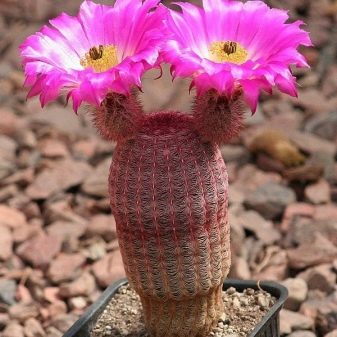

Scarlet Echinocereus in an adult state is a whole colony of 50-100 stems... Some of them are completely devoid of thorns. But a dense covering by them cannot be ruled out.The division of needles into radial and central, typical for most cacti, is not found in this case; 8-11 ribs are oriented vertically, and the flower is usually painted in crimson tones.

Echitsereus "Rigidissimus" literally means "hardest", and this is its optimal characteristic. An alternative common name is "Arizona cactus hedgehog". The appearance of columnar stems up to 20 cm high is characteristic. Flowering begins in early summer.
For "Ridigissimus" it is required to provide maximum light and heat.
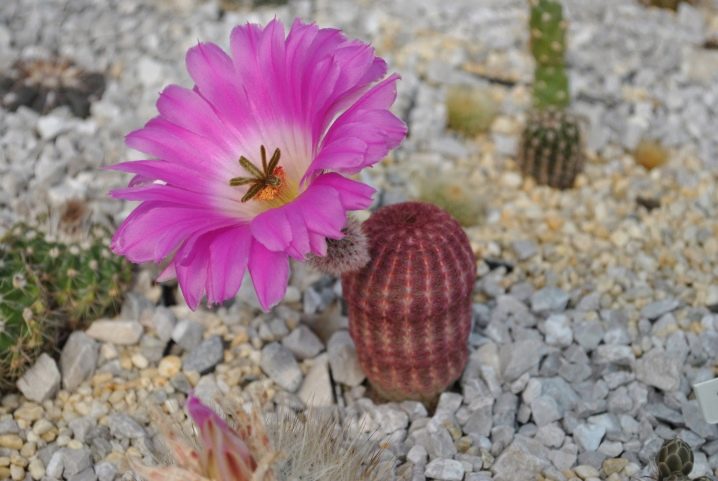
Three-spined Echinocereus may be in good demand. The stems are initially spherical. Then they gradually stretch out. The shoots are gray-green in color. The bundle includes from 1 to 10 radial needles and 4 central needles.
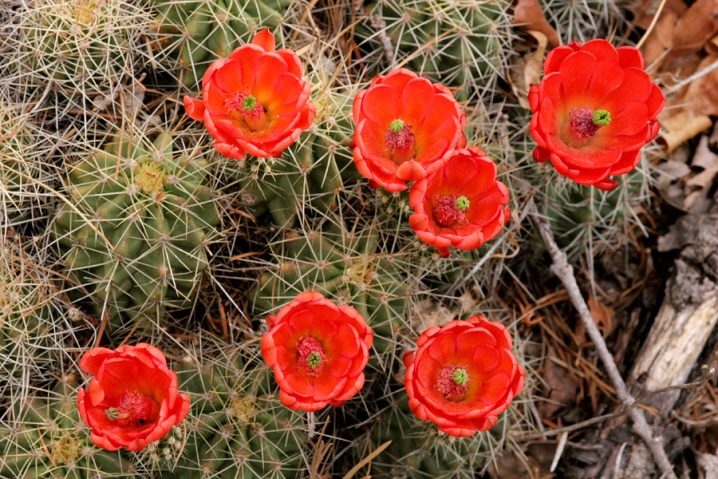
Cactus "Reichenbach" stands out with elongated spines, densely strewn with a trunk. The needles are placed on the ribs. The ribs themselves are sometimes twisted in a spiral, which enhances the visual appeal of the culture. The elongated dark green stem looks relatively light due to the large number of thorns. Such a cactus cannot be higher than 25 cm, while its cross-section reaches 9 cm.
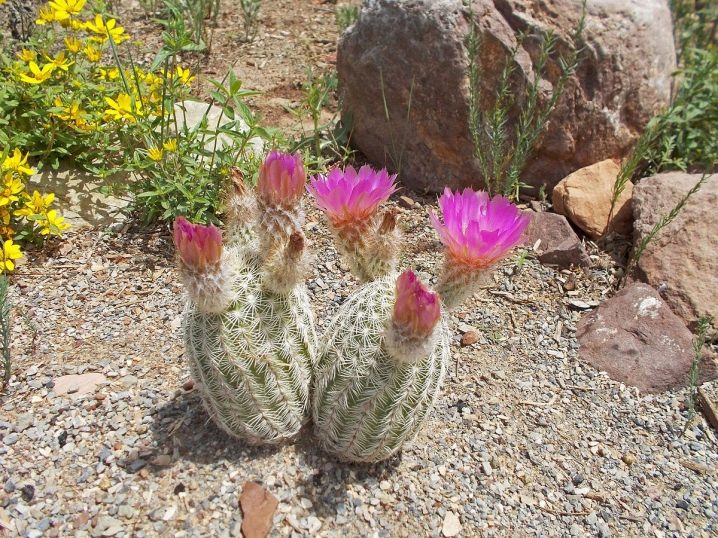
The green-flowered type, better known as "Viridiflorus", is notable. The plant deserves its name for the light green color of the flower. A rich lemon aroma is also noted. Viridiflorus is a dwarf culture, usually not exceeding 40 mm in diameter.
Such cacti grow in small groups appearing due to lateral branching of the trunk; despite its tiny size, the flowering of the plant is gorgeous and lasts for a long time.
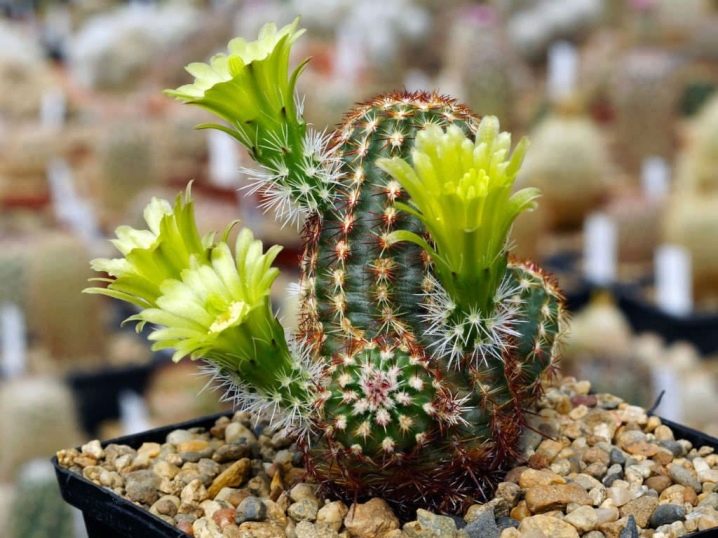
Deprived of thorns, judging by the name, "Subinermis". But this name is not very accurate: rather, one can speak of a very small number of extremely small thorns. This variety has up to 11 developed ribs. It is on the ribs that infrequent areoles, covered with spines, develop. The needles themselves bend and look from the ridge to the trunk.
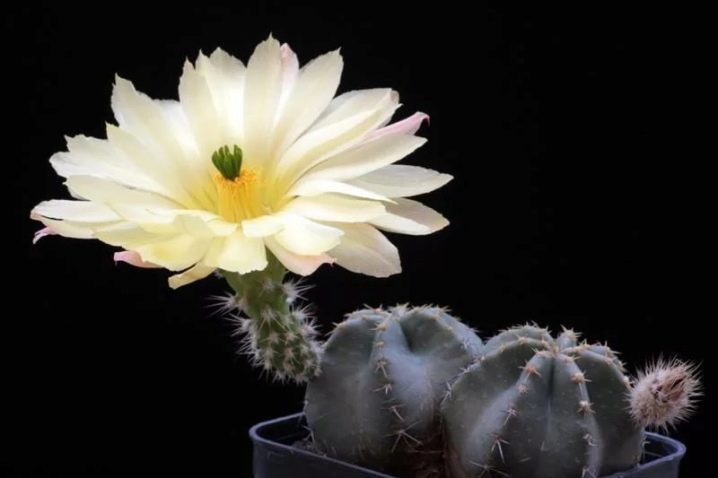
The nickname "rainbow hedgehog" stuck to the Rubrispinus variety. This type is in demand among cactus growers. The ribs are not very clear. The high-density stem has a cylindrical shape. Areoles with radial spines are formed on the ribbed areas; Rubrispinus will bloom for a very long time, forming dull purple petals.
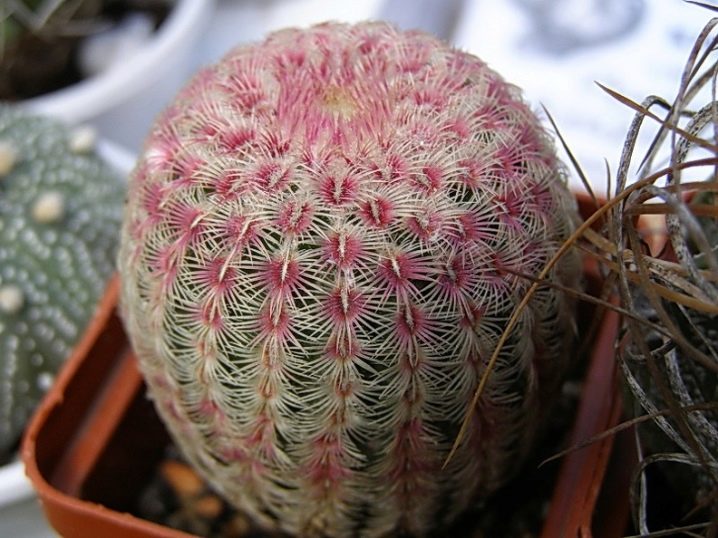
Echinocereus "Knippel" gives single straight stems colored green. Each of them develops up to 5 distinctly traced ribs. There are few needles, they are small and have a yellowish color. The flowers reach a size of about 5 cm.
Most often they are painted in pale pink tones.
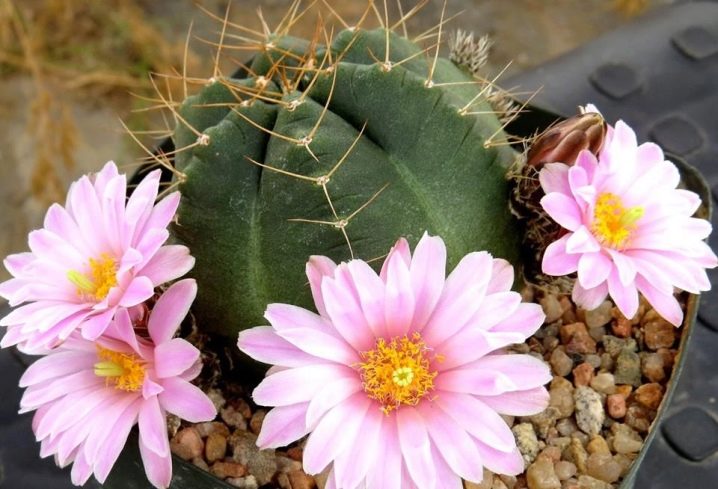
Form "Fidget" - it is an attractive succulent with a height of 5 to 50 cm. Its shape can be very different. Water is stored in the stems of such a plant. During flowering, graceful buds of different sizes are formed. The official description emphasizes the ease of daily care.
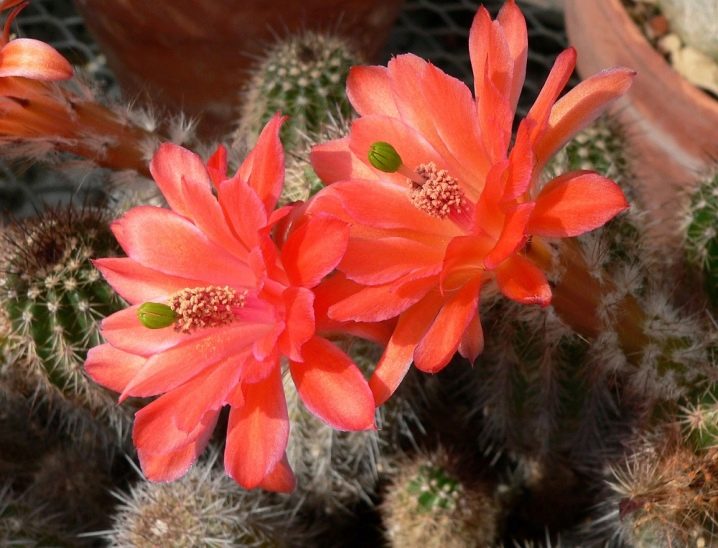
Echinocereus "Pulchellus" has a size of 20 to 60 cm. It will bloom from March to November. The ribs are not high and covered with tubercles. Thin spines are fragile. Large flowers are white or delicate pink.
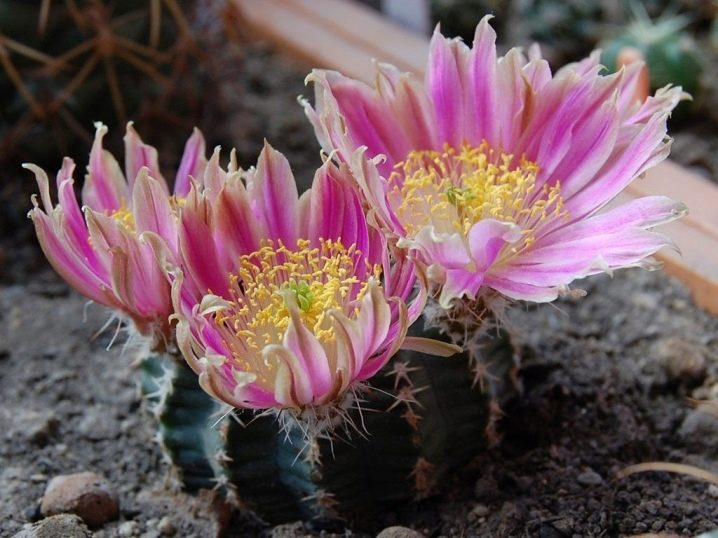
The alternative is Pulchellus Venustus. On the forums, they note that such a cactus blooms much earlier than other varieties. You can wait for the appearance of buds already in the 3rd year of development. The pink petals will have a white border. The section of flowers reaches 6 cm.
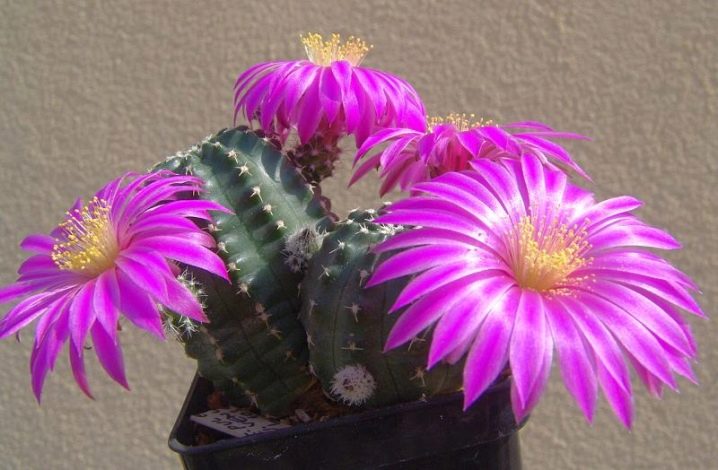
Type "Stramineus" - literally translated from Latin "straw" - a bushy plant. The stem reaches 45 cm in length. The multiple spines are like needles. Their length reaches 9 cm.The purple flowers have a cross section of 12 cm.
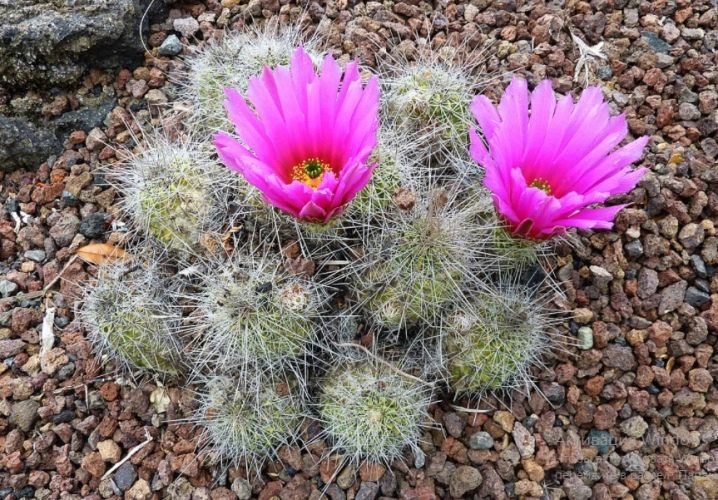
Where to plant?
Priming
In this case, moderately moist soil is needed. It should be as loose as possible. Choosing a neutral or moderately acidic earth is encouraged. Alpine slides can also be used.
Landing in open land is relevant for registration of land plots.
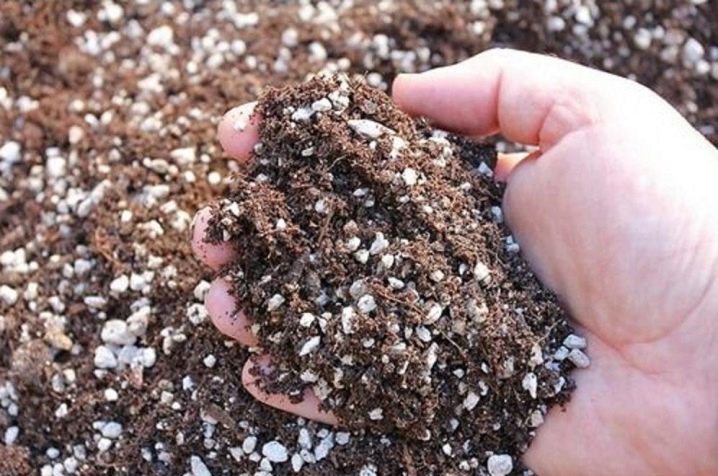
Capacity
The pot must have channels for ventilation and drainage. The size of the reservoir is selected taking into account the root system. The most practical are plastic pots. They allow you to keep heat more efficiently. A layer with drainage properties is laid out in the lower part of the container.
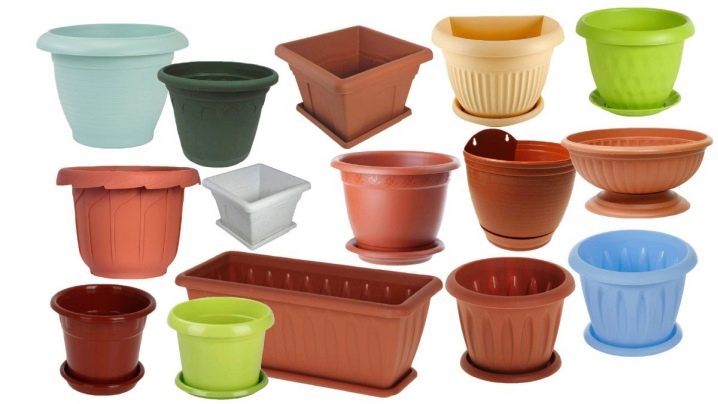
Transplant rules
Do it as needed. Young specimens are transplanted annually, old plants - every 3-4 years. Appropriate manipulations are carried out in the spring. The guideline for transplanting a potted crop is the achievement of a very large root system.
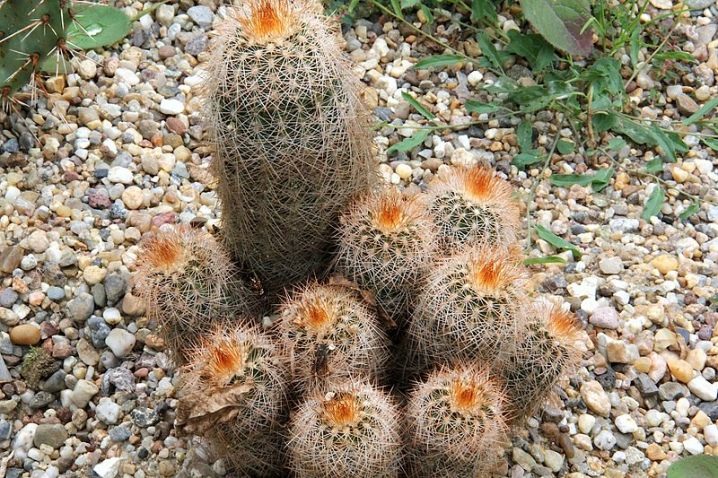
Watering
Irrigation is moderate in the spring and summer months. They do this only after the earth has completely dried up. Constant soil moisture is a surefire way to provoke rotting.
It is recommended to use low-hardness settled water. Winter watering is impractical.
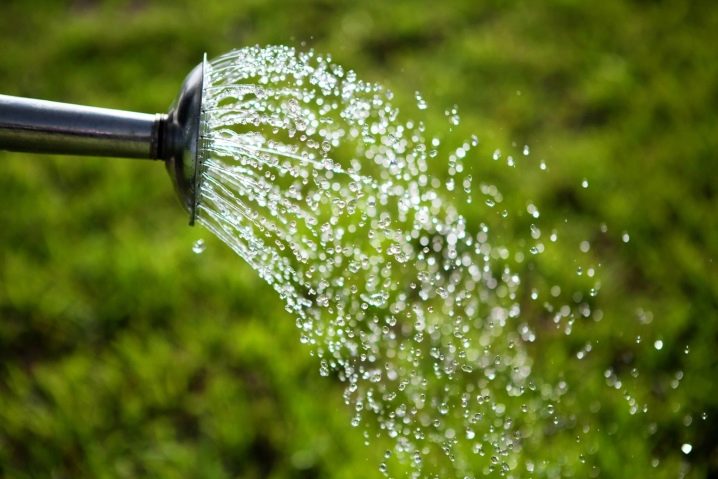
Top dressing
It is needed at the stage of active growth of a cactus. This procedure is done once every 30 days. Fertilizers for cacti and succulents are usually used. Orchid fertilizers (which are compatible according to the manufacturer's instructions) are allowed instead. As soon as autumn sets in, the introduction of nutrients is stopped and resumed only during the spring revival.
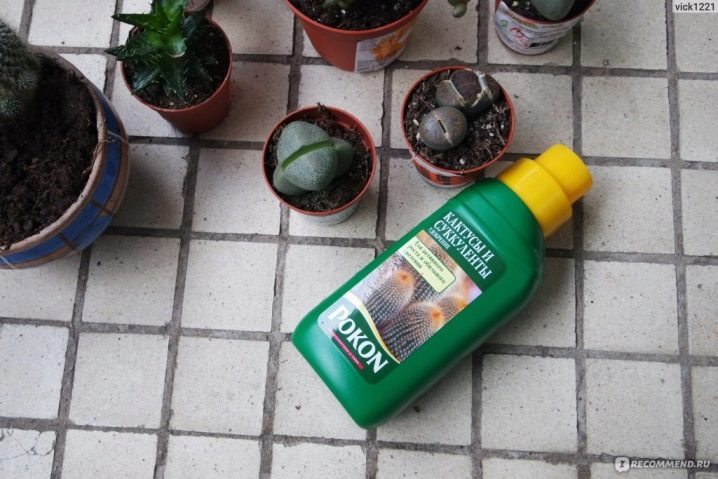
Reproduction
Mainly cultivation is practiced from seeds. This method allows you to guarantee the preservation of the basic properties of the crop and active flowering. Sowing should be carried out in the spring in a sandy substrate. A glass or polyethylene shelter is certainly used. Recommended for breeding and application of lateral processes, which are dried and planted in a sandy-peat substrate.
























































The comment was sent successfully.